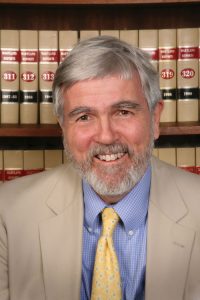Martin Palmer – Attorney
About
- Admitted to practice before the Maryland Court of Appeals, Federal District Court for the District of Maryland, United States Court of Appeals for the Fourth Circuit, and the United States Supreme Court
- Engaged in the private practice of law in Hagerstown, Maryland
- Founder of the National Association for the Advancement of Preborn Children
- Advocate for the equal humanity and personhood of the preborn child
- Proud father of 5 children
- Active involvement in service to the community
Member
- American Bar Association
- Maryland Bar Association
- American Society for Justice
- Maryland Trial Lawyers Association
- Who’s Who in American Law
Undergraduate Studies
- University of Maryland, College Park, Maryland
Graduate Studies
- University of Baltimore School of Law Juris Doctorate 1970
